The Romantic Era: it was a time of drama, high emotion, and relentless social upheaval. And over the course of the nineteenth century, more women than ever before were allowed to find their creative voices. Today we’re looking at six beautiful Romantic Era piano sonatas written by women composers, from Andrée to Valborg Aulin.
Fanny Mendelssohn Hensel: Easter Sonata in A-major (1828)
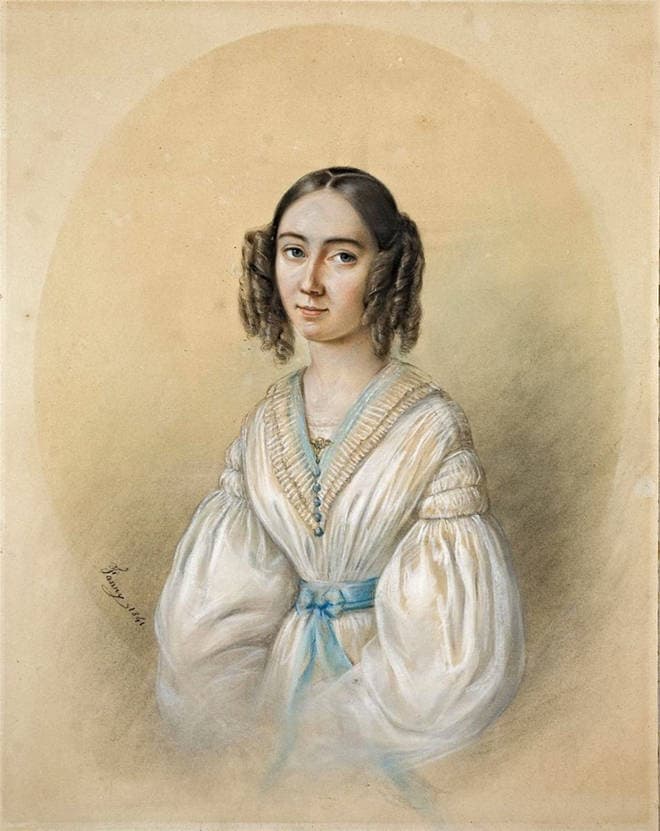
Fanny Mendelssohn
In 1970, a piano sonata manuscript was discovered in France. It was signed “F. Mendelssohn” and promptly attributed to Felix. Some musicologists, however, had doubts as to its authorship. In 2010, music professor Angela Mace Christian took a serious look at the manuscript and proved that it had been cut out of a composition book kept not by Felix, but by his sister, Fanny Mendelssohn Hensel.
The sonata is programmatic and portrays the death of Jesus (hence the sonata’s “Easter” nickname). The final movement describes the New Testament story of how the curtain in the Jerusalem Temple was torn in half at the moment Jesus died. That is followed up by the finale’s fantasy on the chorale hymn “Christe, du Lamm Gottes” (Christ, the Lamb of God). It’s a fabulous sonata that reminds us that music history isn’t always what it seems!
Clara Schumann: Piano Sonata in G-minor (1841-42)
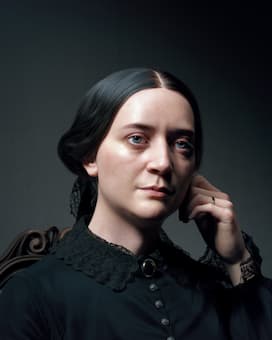
Clara Schumann 3D Render © Hadi Karimi
Clara Schumann: Piano Sonata in G Minor (Eugenie Russo, piano)
For Christmas 1841, Clara Schumann gave an incredibly thoughtful gift to her new husband Robert. They’d been married the year before and had embarked together on a self-guided composition study, focusing especially on counterpoint. Clara had their first baby in September 1841, but pregnancy and raising a baby girl didn’t keep her from composing. She gave Robert the manuscript of the first two movements of her piano sonata for Christmas 1841. Later, she rounded the sonata out with the final two movements. However, she never played the piece in public, and it wasn’t even published until 1991.
Elfrida Andrée: Piano Sonata in A-major (1870)
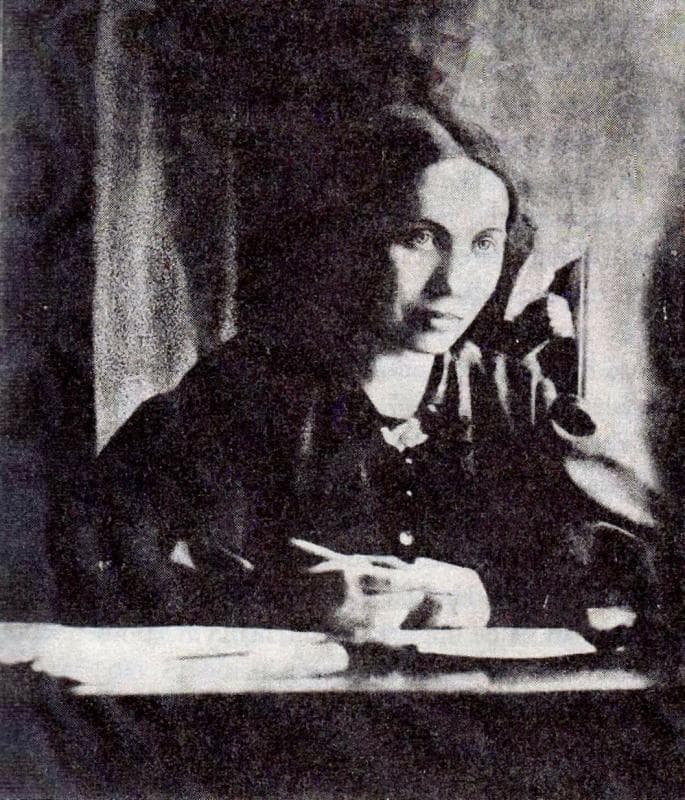
Elfrida Andrée
Elfrida Andrée: Piano Sonata in A Major, Op. 3 (Oskar Ekberg, piano)
Elfrida Andrée was born in Visby, Sweden, in 1841. She initially made her name as an organist, and at the age of 26 was appointed organist at the Gothenburg Cathedral, making her one of the first professional women organists in Scandinavia. She kept that job for a staggering sixty-two years, working until her death. She also conducted and composed, and was an activist for women’s rights in Sweden.
Marie Jaëll: Sonate pour piano (1873)
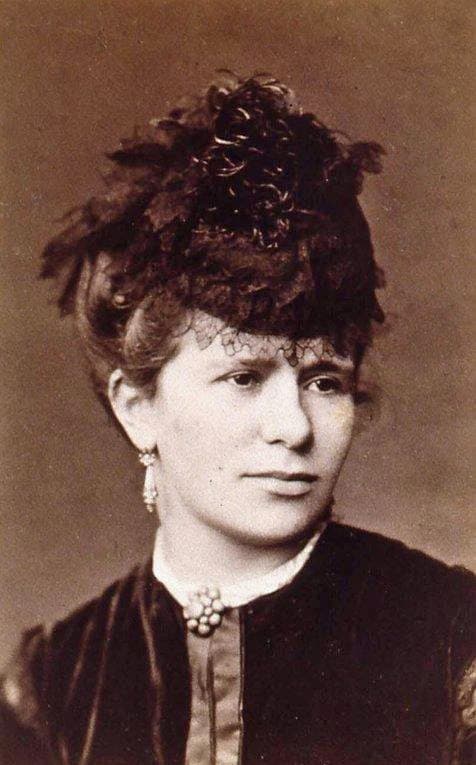
Marie Jaëll
Marie Jaëll was a passionate Romantic. She was born in 1846 in Alsace and enrolled at the Paris Conservatoire when she was sixteen. She married great pianist Alfred Jaëll when she was still in her teens, and a few years later, met Franz Liszt, who completely dazzled her. In her twenties, she began studying composition in earnest, garnering praise from giants of French music Franck and Saint-Saëns.
This piano sonata dates from 1873, the year she turned twenty-seven. It has a quality of great, serious restlessness. The work was dedicated to Liszt, and it’s easy to see his influence in the sonata, from its frequent chromaticism and bold harmonic exploration to its sheer technical difficulty.
Laura Valborg Aulin: Piano Sonata in F-minor “Grande Sonate sérieuse” (1885)

Laura Valborg Aulin
Laura Valborg Aulin was born in Gävle, Sweden, in 1860. She began her musical studies with her pianist grandmother, then began attending the Royal Swedish Academy of Music, where she studied composition in addition to piano performance. In the mid-1880s she won the Jenny Lind Mendelssohn Travelling Fellowship, which gave her the necessary funds to study outside of Stockholm. In 1885, the year this sonata was written, she moved to Copenhagen to study with Niels Wilhelm Gade, before continuing on to Paris.
This masterful work may be inspired by Schumann’s third piano sonata, also in F-minor, which had a similar grand subtitle: “Concert sans orchestre” (Concerto Without Orchestra).
Cécile Chaminade: Piano Sonata in C-minor (1895)
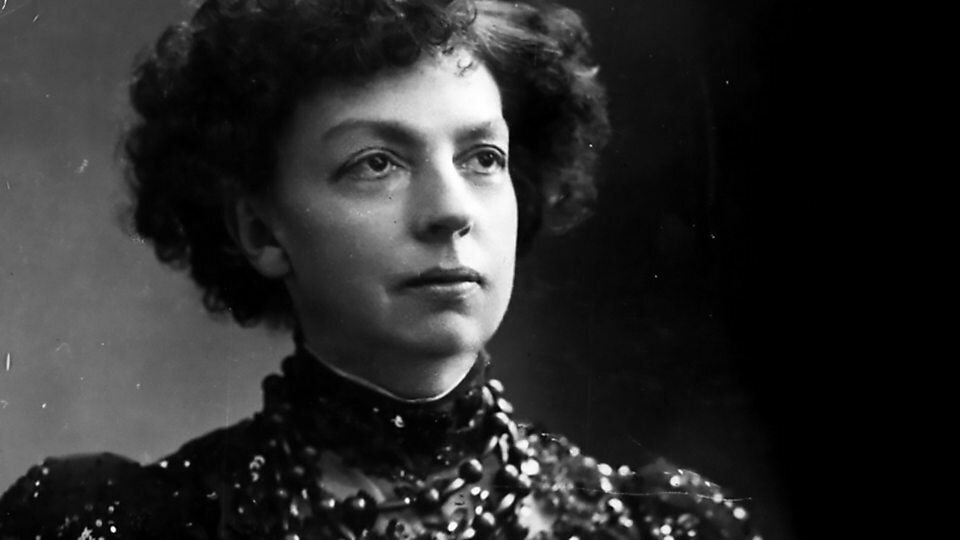
Cecile Chaminade
Cécile Chaminade: Piano Sonata in C Minor, Op. 21 (Joanne Polk, piano)
Although she has been widely forgotten today, and her music often unfairly trivialized, Cécile Chaminade was one of the most famous musical figures of the nineteenth century. She was a child prodigy who was kept from studying at the Conservatoire because her father forbade it. She was, however, allowed to study privately with some of the teachers who taught at the Conservatoire. When she was twelve, no less a figure than Georges Bizet praised her musical output.
Chaminade was extraordinarily prolific, composing around 400 works. She specialized in Romantic salon pieces that wore their hearts on their sleeves, many of them relatively technically accessible, which, combined with their beauty, made them big hits in the domestic sheet music market. In America, she grew so famous that so-called “Chaminade Clubs” began popping up around the turn of the century.
Her piano sonata in C-minor dates from 1895. It’s bold, virtuosic, beautiful…one might even say romantic.
For more of the best in classical music, sign up for our E-Newsletter


The Fanny Henselt (Mendelssohn) Sonata a perfect example of a mediocre performance doing a dis-service to the music…!
In defence of Clara Schumann’s Sonata : she was a mere 22 years old when she wrote it… of course, it doesn’t hold a candle to Robert’s music !…